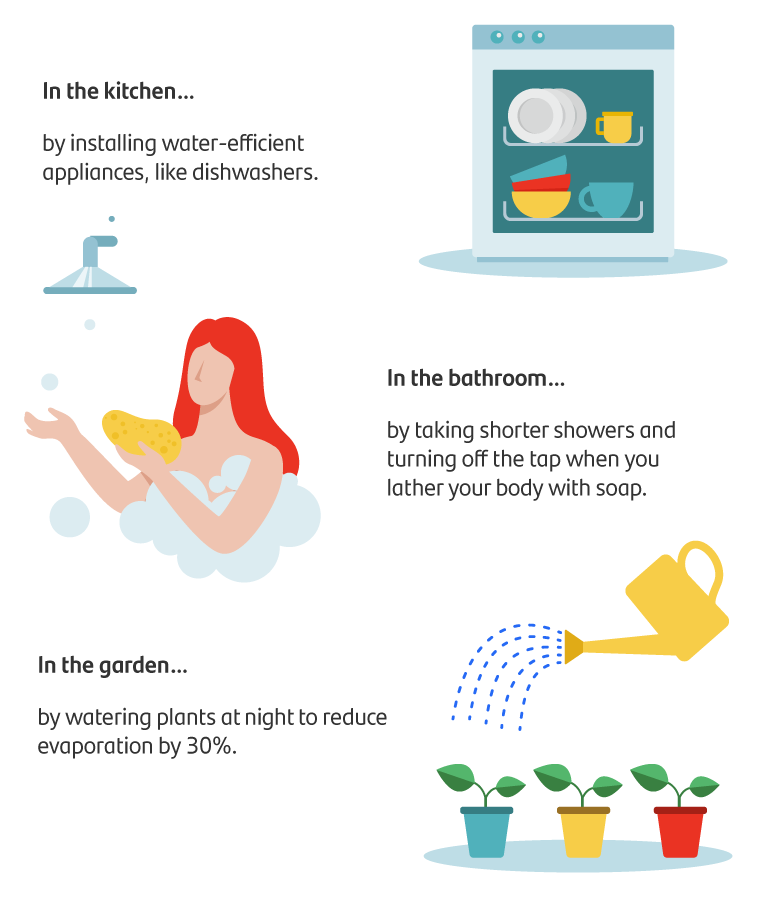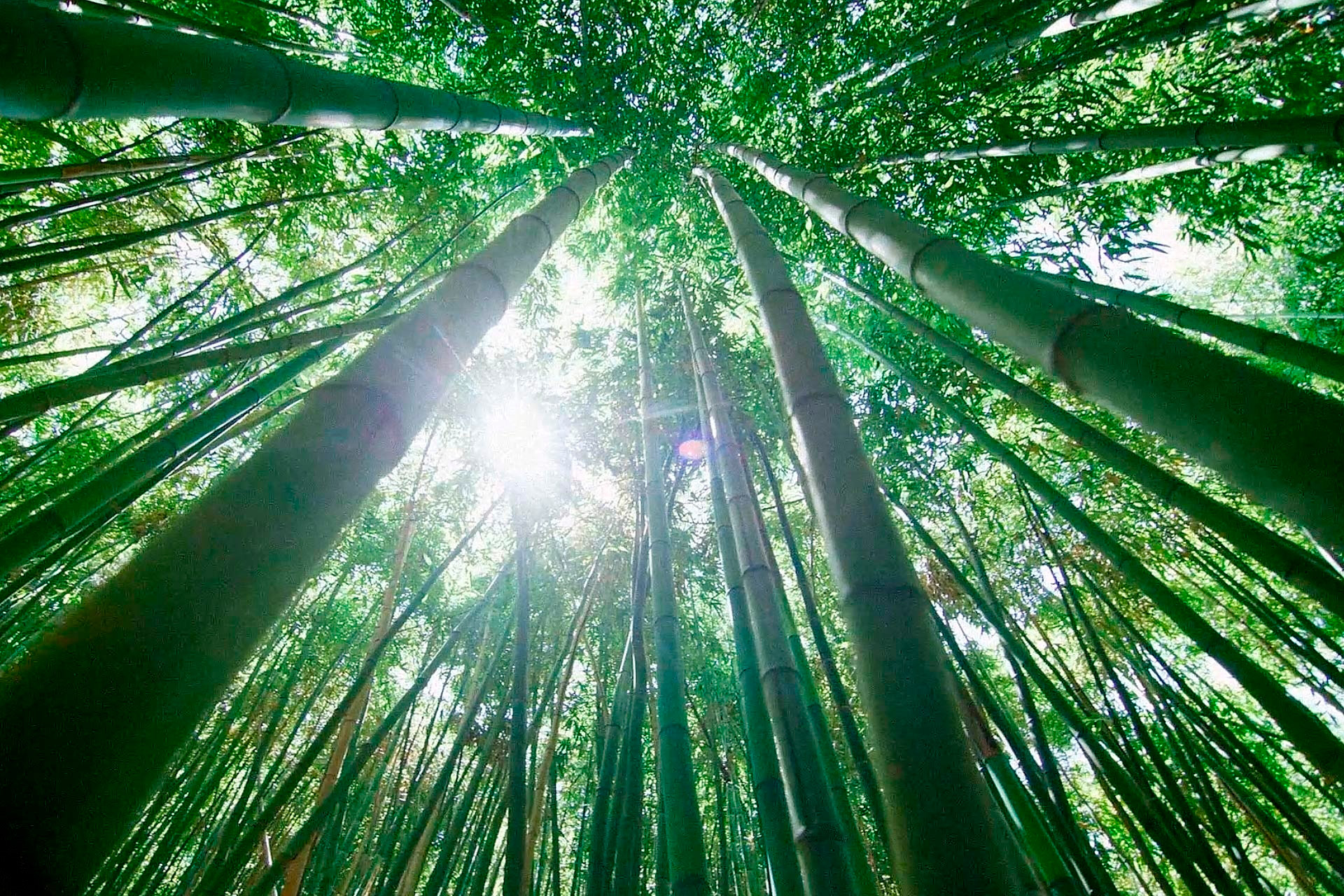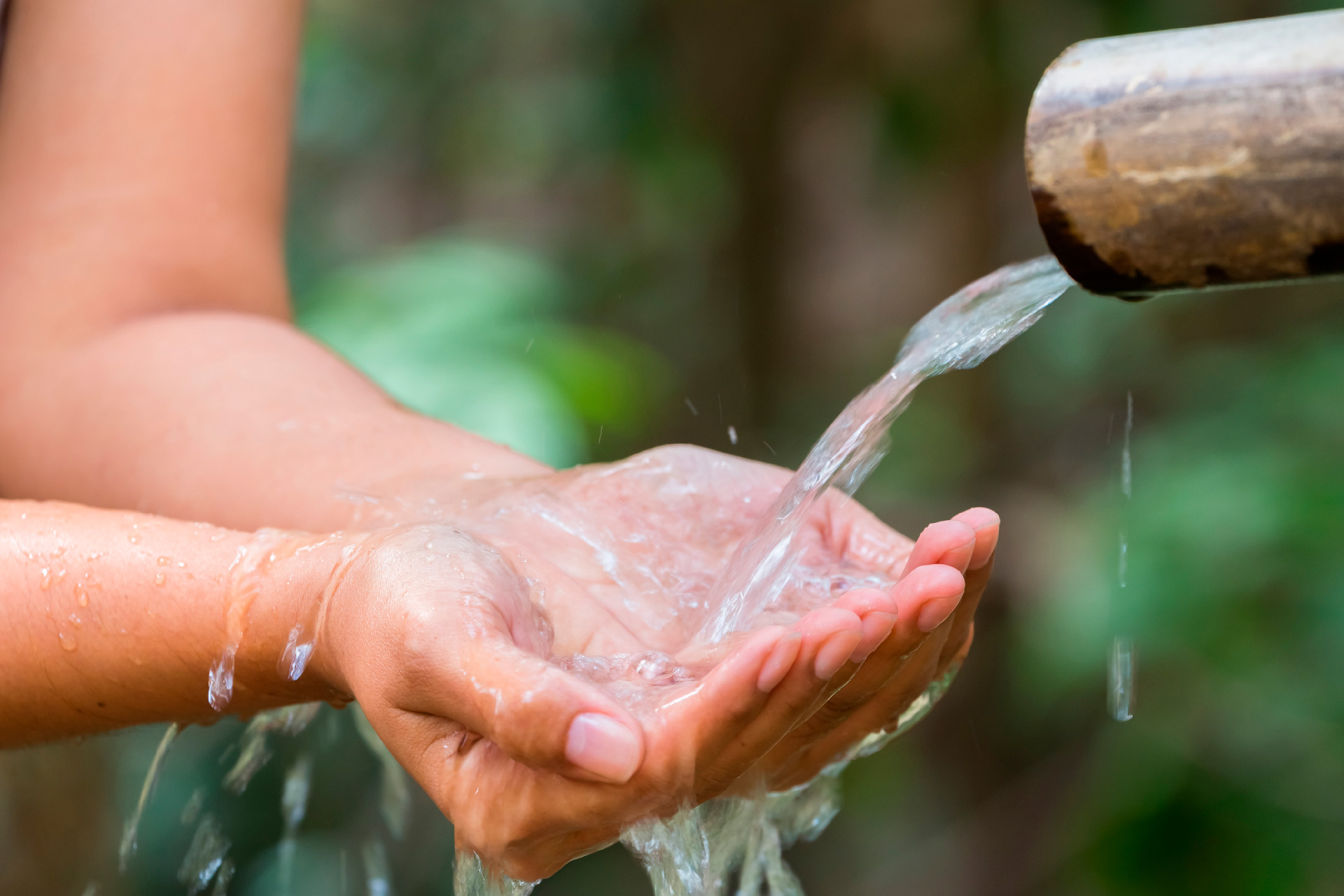Drought: a global issue by the droplet


A drought is a prolonged lack of rainfall that makes fields turn into dust and water become harder to find. Because of its direct effect on people and businesses, a drought can limit economic growth. The risk of not only droughts, but also floods, increases because of climate change, which is the cause of several extreme weather phenomena all over the planet.
Impressive space images of the Earth show the two poles, the continents and even city lights at night. But, above all, they show water, which covers most of the planet’s surface and sits at the heart of the climate crisis. Rising temperatures are causing weather patterns and the water cycle to change.
Climate change has many dangerous, visible effects on bodies of water, including droughts and floods. This takes a toll on sectors like agriculture, power generation, food production and supply chains, which can translate into business losses, less income, higher costs, and lower human development. Based on the UN’s estimates, drought will affect 75% of the world’s population by 2025.
According to NASA, droughts and floods are becoming more common
A 20-year study of satellite data by NASA confirms a correlation between rising global temperatures and recurring droughts and floods around the world. The video shows extreme precipitation between 2002 and 2021. Droughts are in red, and floods in blue: the darker the shade, the more recent in time. “The worldwide intensity of these extreme wet and dry events — a metric that combines extent, duration, and severity — is closely linked to global warming”, says NASA.

Water is an essential resource affected by this phenomenon. According to the UN, more than 40% of the world's population experiences water scarcity. This helps spread disease and increase the frequency of natural disasters like dust storms, the loss of plants and animals, migration and other things. That’s why the sixth Sustainable Development Goal (SDG) is to “ensure access to water and sanitation for all”.
How does drought affect the economy?
Climate change is going to have a more profound impact on the economy and society. The economy directly depends on water, which is a vital resource for food production and other activities. But long-time, indiscriminate water use and widespread unawareness have made this problem worse.
Water scarcity affects crops and pastures, reducing food supply and spreading malnutrition and dehydration (especially among vulnerable communities).
The “blue economy” has emerged as a model for stopping water scarcity caused by climate change, with new nature-based production methods that protect marine ecosystems and encourage best practices in seas and oceans.
Saving water starts at home
Water scarcity reveals a clear need for more efficient consumption. Private and public organizations have a vital role to play here. Public entities should make eco-friendly policy, even though governments at all levels have taken strict measures to limit water use. Private entities, on the other hand, should adopt more sustainable business practices according to the environment they operate in. But let's not forget: every household can make a big difference:

No water means no life. Responsible water use helps the fight against climate change and drought. That’s why investment in innovative water management technology and practices is becoming more important, with things like early warning systems for floods, droughts and other water-related disasters. This also helps create more green jobs that aim to conserve the environment.








